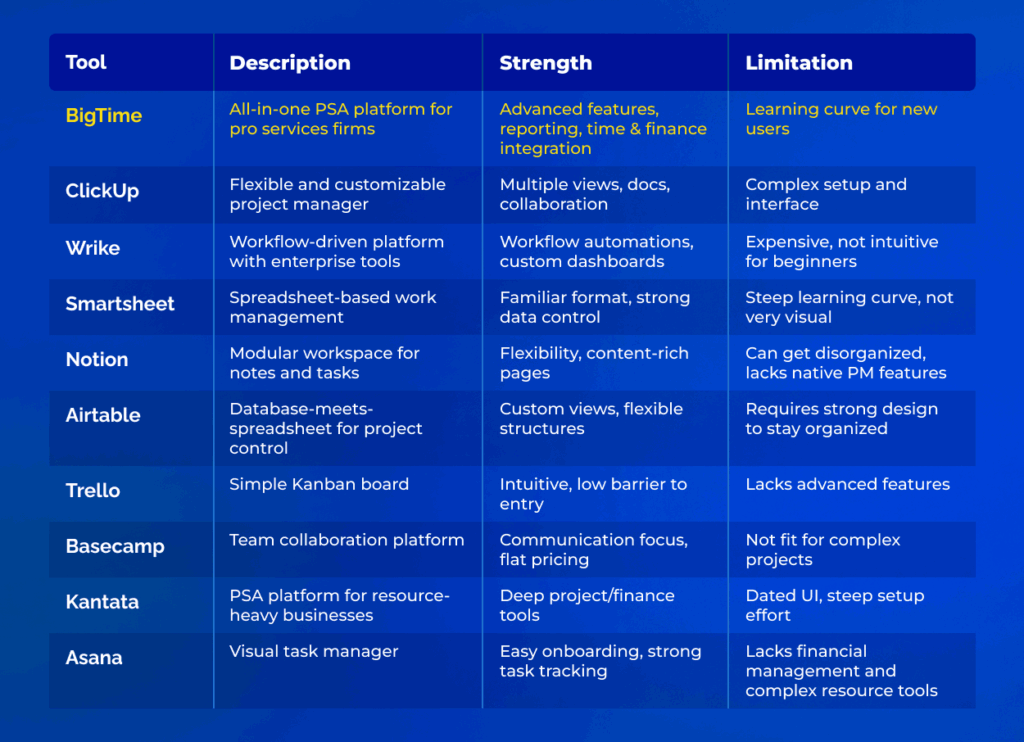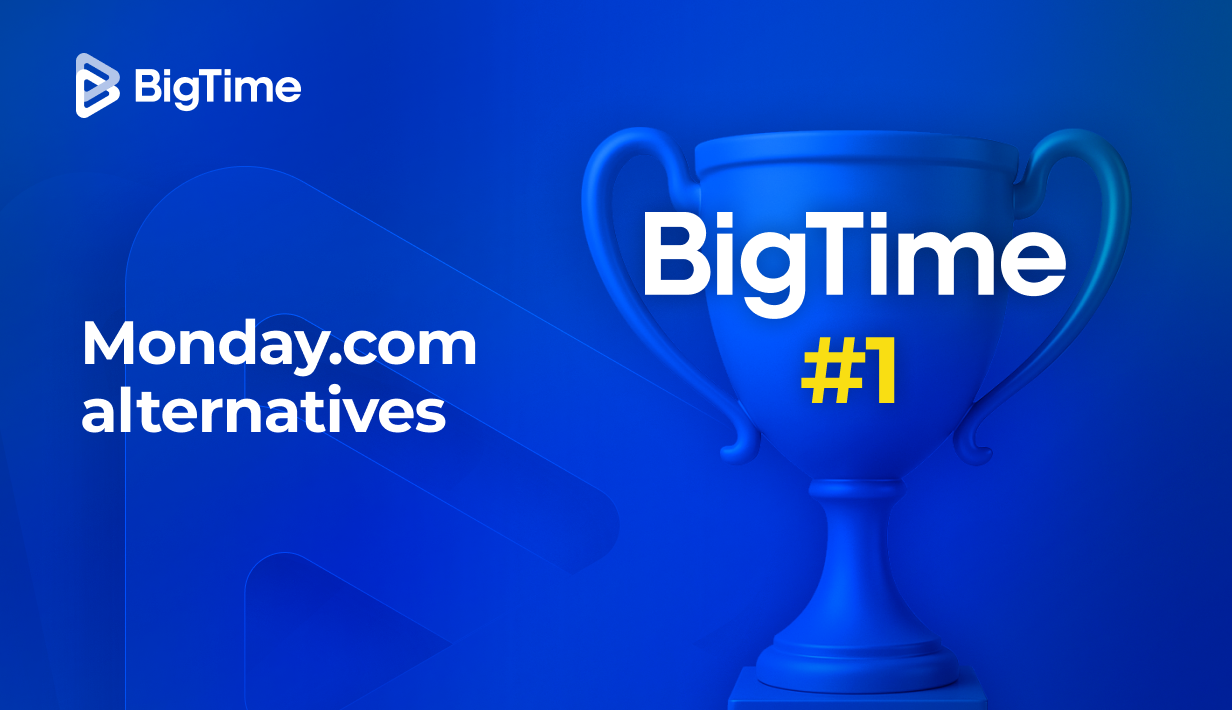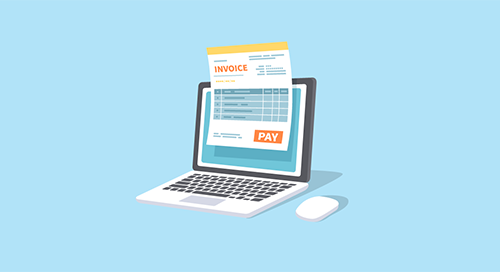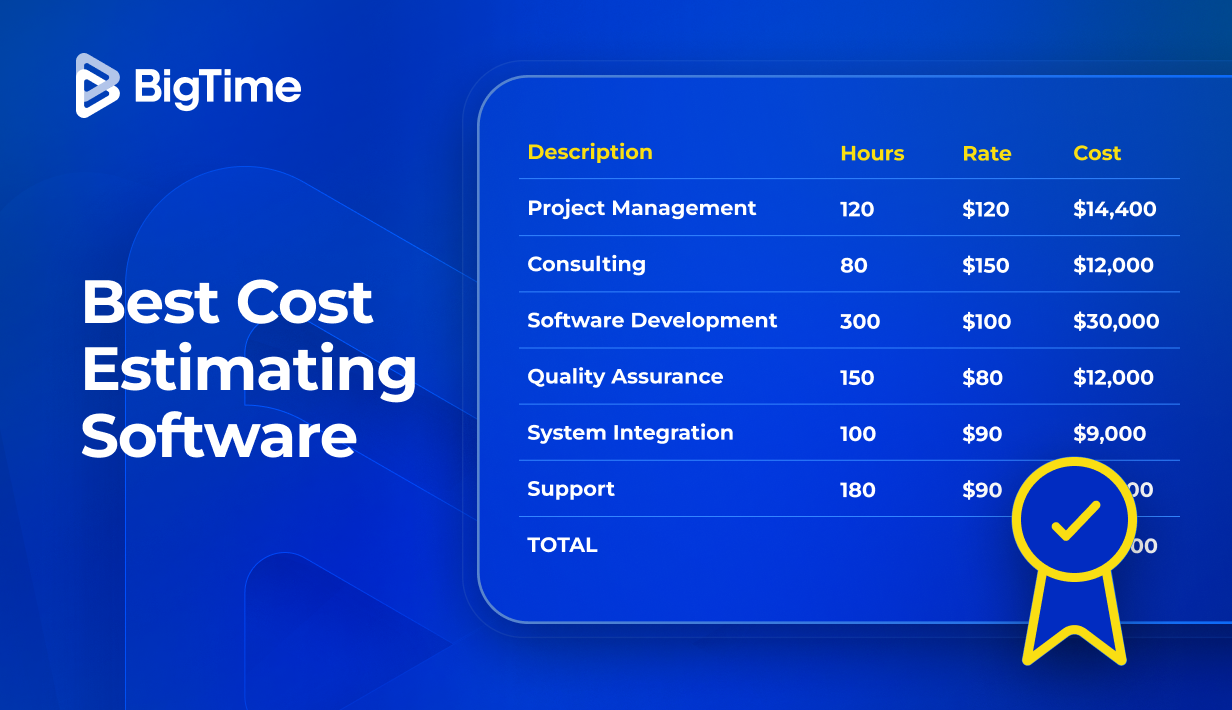Monday.com has long been recognized for its vibrant interface and customizable boards, making it a go-to project management tool for creative teams and agile projects. Yet, as businesses grow and require more specialized features, many start to outgrow its offerings. Whether it’s due to limited resource management, complex pricing, or reporting restrictions, project managers often start searching for more powerful and scalable monday.com alternatives.
In this article, we will:
- Uncover the top 10 Monday alternatives worth exploring in 2025.
- Review essential features to look for in your next project management software.
- Compare pros, cons, pricing, and user ratings to help you make the right decision.
Why Look for Alternatives to Monday?
Monday’s visually appealing platform and flexible boards make it popular with a wide range of teams. However, as organizations scale or transition to more structured project environments or Agile project management, Monday’s shortcomings become apparent. The tool can feel overly simplistic for complex workflows and cumbersome for granular project tracking. Its tiered pricing model also locks many essential features behind higher-cost plans, increasing costs for growing teams.
Additionally, collaboration features in Monday also leave much to be desired. With simple interface task tracking in an individual project is rarely problematic. Still, as the company scales, Monday.com’s key features might not grow with it, leaving the project teams with gaps in critical data.
These are, however, just a few reasons why people look for alternatives to Monday.com. Some of the most common reasons users explore alternatives include:
- Limited Financial and Resource Management: Monday lacks in-depth budgeting, invoicing, and resource allocation tools needed for more advanced project planning.
- Cluttered Interface in Large Projects: The visual appeal fades when too many boards or tasks create a noisy, confusing interface.
- Basic Reporting Tools: The standard dashboards and analytics fall short for managers who need detailed reports.
- Complex Pricing: Many of the platform’s most powerful capabilities are only available at higher-tier plans, which can be restrictive for budget-conscious teams.
Fortunately, there are several top-rated Monday alternatives that can address these gaps with more advanced capabilities and flexibility.
What Key Features Should the Best Monday Alternatives Have?
The best Monday alternatives aren’t just visually engaging—they offer robust features that scale with your business. Here’s what to look for when considering a switch:
- Comprehensive Resource Management: Tools should include Gantt charts, drag-and-drop scheduling, role-based allocation, and utilization tracking to help manage capacity and avoid burnout. Task management is also a must-have!
- Advanced Project Management Features. If you’re looking for Monday.com alternatives, it is likely that you do that due to the insufficient project management features. A perfect alternative to Monday should bring it to a whole new level, complete with project portfolio management, task dependencies, and project tracking.
- Time and Expense Tracking: Seamless logging of hours and expenses, with conversion into client-ready invoices or internal cost reports is yet another of advanced features you should expect from Monday.com alternatives.
- Project Planning and Budgeting: Ability to plan project timelines, set budgets, track progress, and get real-time financial insights at every phase of the project is the key to monitoring profitability in complex projects – or in multiple projects at once.
- Advanced Reporting and Analytics: Easily customizable, automated reports that provide detailed visibility into workloads, costs, and project health are the backbone of monitoring project progress – and something that Monday does not offer in both paid and free plan.
- Scalability and Integration: Platforms should support both small teams and large enterprises, with integrations for tools like QuickBooks, Slack, Google Drive, and more.
- AI Capabilities: More advanced features with AI-powered forecasting, automated workflows, and smart suggestions to drive productivity are the ones to look for in today’s competitive market.
A List of 10 Best Monday Alternatives
Here’s a quick overview of the top alternatives to Monday:
- BigTime – Best for professional services teams seeking complete control over time, tasks, and finances.
- ClickUp – Highly customizable platform ideal for agile teams.
- Wrike – Great for enterprises with advanced workflow and resource planning needs.
- Smartsheet – Best for spreadsheet fans looking to manage tasks visually.
- Notion – A flexible workspace for team knowledge and simple task tracking.
- Airtable – Combines database power with spreadsheet simplicity.
- Trello – Simple Kanban tool great for visual task management.
- Basecamp – Streamlined communication and collaboration hub.
- Kantata – Tailored for service-based businesses managing large client projects.
- Asana – Easy-to-use task manager with timeline views and team collaboration features.
2025 Monday Alternatives Ranking
In 2025, project leaders are shifting toward platforms that go beyond basic task management. These top alternatives offer a deeper, more strategic look at project planning, resource allocation, and financial health—something Monday struggles to deliver at scale.
Alternatives to Monday – Comparison

Now let’s dive into detailed reviews of each Monday.com alternative, starting with the most recommended one:
BigTime
Reviews: G2: 4.5, Capterra: 4.6
Pros:
- Robust project, time, and resource management for services companies.
- Real-time financial tracking and customizable reports.
- Seamless integrations with accounting tools like QuickBooks and Sage.
- AI-powered insights that streamline key decisions and improve forecasts.
- Scalable structure suitable for both startups and large firms.
Cons:
- Initial setup and onboarding may take time due to feature depth.
BigTime is the ultimate PSA (Professional Services Automation) solution designed to unify your firm’s time tracking, budgeting, reporting, and resource planning processes. From project scheduling to client billing, it ensures every hour and dollar is accounted for, offering end-to-end visibility across projects.
With features like smart Gantt charts, drag-and-drop resource calendars, and live dashboards, BigTime empowers managers to deliver projects faster and with greater profit margins. What sets it apart from other Monday alternatives is its financial precision: it not only helps you track progress but also automates invoicing, forecasting, and quoting, helping you run a smarter, leaner operation.
Additionally, in contrary to other Monday.com alternatives, BigTime’s advanced collaboration features scale with your business. Whether you’re interested in project management in small businesses or large enterprises, BigTime’s user interface can facilitate all the tools you will ever need to manage operations, regardless of the scale of your organization.
Key Features:
- Resource Planning: Assign team members, balance workloads, and edit allocations with intuitive controls.
- Time & Expense Tracking: Auto-track time and expenses and sync them directly into reports and invoices.
- Project Management: Set timelines, monitor milestones, and keep track of scope and cost.
- Advanced Reporting: Auto-generate custom reports and dashboards that update with real-time data.
- Invoicing & Quotes: Convert tracked time into professional invoices and project quotes.
- AI-Powered Insights: Forecast team availability, revenue, and project risks using intelligent analytics.
Pricing: Free trial available. Starts at $20/user/month for the Essentials plan.

ClickUp
Reviews: G2: 4.7, Capterra: 4.7
Pros:
- Flexible platform allowing teams to customize nearly every aspect.
- Offers multiple view options including List, Gantt, Board, and Timeline.
- Built-in tools for docs, wikis, and collaboration.
- Strong automation capabilities to reduce repetitive work.
- Free plan available with a robust feature set.
Cons:
- Interface can become cluttered and overwhelming for new users.
- Setup time is significant due to its high customizability.
- Performance may degrade with large teams or complex workspaces.
- Advanced features are often locked behind higher-tier plans.
ClickUp stands out as a fully customizable platform with collaboration tools that bring tasks, documentation, and communication into a single workspace. Whether you work in sprints, project milestones, or traditional project plans, ClickUp adapts with flexible views and detailed status updates. It combines the structure of project management with the fluidity of a collaborative hub.
Still, the flexibility comes at a price: complexity. Teams must invest time to properly set up and maintain workflows. The interface, while feature-rich, can overwhelm users unfamiliar with its depth. Nonetheless, for those willing to climb the learning curve, ClickUp can become a powerful Monday alternative.
Key Features:
- Multiple Project Views: Choose between List, Gantt, Calendar, Timeline, or Kanban depending on project needs.
- Docs & Wikis: Create internal documents and knowledge bases directly within the app.
- Custom Fields & Statuses: Design unique workflows tailored to each team’s requirements.
- Automations: Set triggers and actions to automate repetitive tasks and updates.
- Dashboards: Centralize project insights and track KPIs in real time.
Pricing: Free plan available. Paid plans start at $10/user/month (Unlimited), $19/user/month (Business).
Wrike
Reviews: G2: 4.2, Capterra: 4.3
Pros:
- Granular project control with customizable workflows and permissions.
- Excellent for large teams and cross-team collaboration.
- Built-in approval processes, forms, and file proofing.
- Gantt charts, dashboards, and workload management tools.
- Integration with hundreds of tools including CRM and document management platforms.
Cons:
- Complex interface that may confuse beginners.
- Setup and onboarding take significant time.
- Higher-tier plans are needed for key features like time tracking.
- Steep learning curve for non-technical users.
Wrike is a robust work management platform built to handle large-scale projects and team coordination. It offers detailed planning features, strong integration capabilities, and powerful reporting tools ideal for cross-functional teams. The platform’s flexibility makes it suitable for a variety of industries.
However, that same flexibility can overwhelm smaller teams or those new to project management. Wrike’s effectiveness increases significantly after proper setup and training. For enterprises or fast-scaling teams, Wrike is an excellent Monday alternative.
Key Features:
- Gantt Charts: Real-time project timelines with dependency tracking.
- Custom Workflows: Tailor project stages, track projects and approval processes to your needs.
- Workload Management: Visualize team capacity and allocate tasks efficiently.
- Dashboards: Create personalized views of KPIs and project statuses.
- Time Tracking: Log hours spent on tasks directly in the platform (Business+ tiers).
Pricing: Free plan available. Paid plans start at $9.80/user/month (Team), Business and Enterprise tiers offer advanced functionality.
Smartsheet
Reviews: G2: 4.4, Capterra: 4.5
Pros:
- Familiar spreadsheet interface combined with project views.
- Highly scalable and suitable for data-heavy operations.
- Robust formulas, linking, and automation features.
- Strong permission settings and version control.
- Visual project timelines via Gantt and card views.
Cons:
- Interface can be clunky for users unfamiliar with spreadsheets.
- Setup can be time-consuming and require manual formatting.
- Basic views lack the modern UI of competitors.
- Some critical features only available in expensive plans.
Smartsheet blends the familiarity of spreadsheets with powerful project management features. It’s particularly well-suited for organizations that rely heavily on data and complex workflows. With automated rules, multi-project dashboards, and in-depth reporting, Smartsheet delivers control and visibility.
However, teams seeking a user-friendly and visually engaging interface may find it cumbersome. Its true potential is unlocked only with careful planning and consistent structure. Still, for teams that love spreadsheets, Smartsheet is a high-performing Monday alternative.
Key Features:
- Grid, Gantt, Card, and Calendar Views: Plan and visualize projects in multiple formats.
- Cell Linking & Formulas: Create powerful connections and calculations within sheets.
- Automation Workflows: Eliminate manual tasks through rules-based automation.
- Resource Management: Monitor workloads and team productivity and availability (higher tiers).
- Reporting & Dashboards: Customize project insights across teams and timeframes.
Pricing: Free version available. Paid plans start at $7/user/month (Pro), $25/user/month (Business).
Notion
Reviews: G2: 4.7, Capterra: 4.7
Pros:
- Exceptionally customizable for wikis, documentation, and lightweight project management.
- Combines note-taking, databases, and team collaboration.
- Intuitive user interface that scales with user knowledge.
- Affordable plans with generous limits.
- Vibrant user community and marketplace for templates.
Cons:
- No native time tracking or complex project planning tools.
- Can easily become disorganized without structure.
- Learning curve for users unfamiliar with databases.
- Limited offline functionality and weak performance at scale.
Notion is a modular platform that allows teams to build custom workspaces from scratch. It’s widely used for team documentation, content planning, and simple project tracking. With powerful linking, templates, and properties, it creates an all-in-one environment for collaborative work.
Still, as a Monday alternative, it lacks advanced project management features like time tracking, budgeting, or resource allocation. Teams looking for a creative hub or internal knowledge base will find Notion invaluable, but larger, deadline-driven projects may require additional tools.
Key Features:
- Databases: Filterable, sortable tables, lists, and boards.
- Pages & Nested Content: Build layered documents with embedded content.
- Custom Properties: Add attributes to database items for better sorting and filtering.
- Templates: Use and create repeatable workflows and document formats.
- Collaboration: Real-time editing, mentions, and comments to streamline teamwork.
Pricing: Free plan available. Paid plans start at $8/user/month (Plus), $15/user/month (Business).
Airtable
Reviews: G2: 4.7, Capterra: 4.7
Pros:
- Combines database functionality with a user-friendly spreadsheet interface.
- Multiple views for organizing information visually.
- Rich field types enable custom workflows.
- Extensive integration capabilities.
- Affordable entry-level pricing.
Cons:
- Can be difficult to manage without strong initial structure.
- Lacks native tools for complex project planning or resource allocation.
- Performance can suffer in large databases.
- Advanced features only available on higher plans.
Airtable reimagines traditional spreadsheets by combining the simplicity of grid views with the power of relational databases. It empowers teams to create highly customized project workflows, track relationships between tasks, and visualize work through multiple lenses. From content calendars to product roadmaps, Airtable adapts to many use cases.
However, without structured planning and design, workspaces can quickly become disorganized. Teams managing more complex, deadline-driven projects may find its limitations in native project management features a constraint, making Airtable best suited for flexible, data-rich workflows.
Key Features:
- Views: Grid, Kanban, Calendar, Gallery, and Timeline for versatile visualization.
- Rich Field Types: Includes attachments, checkboxes, links, and formulas.
- Relational Databases: Interlink tables and streamline information flow.
- Automations: Trigger emails, updates, or integrations based on custom rules.
- Integrations: Seamlessly connect to Slack, Gmail, and more.
Pricing: Free plan available. Paid plans start at $10/user/month (Plus), $20/user/month (Pro).
Trello
Reviews: G2: 4.4, Capterra: 4.5
Pros:
- Simple, intuitive Kanban interface ideal for visual planning.
- Quick onboarding with minimal learning curve.
- Power-Ups add modular features as needed.
- Affordable and accessible pricing structure.
Cons:
- Limited functionality out-of-the-box.
- Lacks advanced project tracking and reporting features.
- Boards can become disorganized as projects scale.
- Heavily reliant on add-ons for essential capabilities.
Trello is a visual-first project management tool that simplifies workflows through boards, lists, and cards. It’s ideal for small teams and simple task coordination. Its modular design through Power-Ups makes it adaptable for basic scheduling, calendar syncing, or team collaboration.
Yet, for teams managing larger, more complex projects, Trello quickly shows its limits. It lacks integrated tools for financial tracking, resource allocation, or advanced automation. For lightweight projects, however, Trello is a solid Monday alternative.
Key Features:
- Kanban Boards: Drag-and-drop task organization.
- Power-Ups: Extend functionality with add-ons for calendars, reports, and integrations.
- Automation: Automate workflows with Butler rules and buttons.
- Collaboration Tools: Comments, checklists, file attachments, and more.
Pricing: Free plan available. Paid plans start at $5/user/month (Standard), $10/user/month (Premium).
Basecamp
Reviews: G2: 4.1, Capterra: 4.3
Pros:
- Centralized space for tasks, communication, and scheduling.
- Flat pricing for unlimited users.
- User-friendly with quick onboarding.
- Reduces email and meeting overload with automatic check-ins.
Cons:
- Very basic task management capabilities.
- No advanced views like Gantt charts or timelines.
- Limited customization and scalability.
Basecamp combines to-do lists, chat, document sharing, and calendars in a minimalist interface designed for team collaboration. It simplifies project communication and task visibility, particularly for teams that value low-friction setups.
But Basecamp’s simplicity is also its biggest drawback. It doesn’t offer the complexity needed for structured project management, such as time tracking, budgeting, or workload balancing. It’s best suited as a communication and coordination tool for small, loosely structured teams.
Key Features:
- To-Do Lists: Basic task assignment and tracking.
- Message Boards: Team discussions in a centralized feed.
- Schedules: Shared calendars for important events.
- Campfire Chat: Built-in real-time team messaging.
- Docs & Files: Upload and share important materials in each project.
Pricing: Flat $99/month for unlimited users (Business plan). Free Personal plan available.
Kantata
Reviews: G2: 4.2, Capterra: 4.2
Pros:
- Purpose-built for professional services organizations.
- Deep project lifecycle and financial controls.
- Advanced forecasting, reporting, and resource planning.
- Seamless integrations with major financial tools.
Cons:
- Requires time and training to implement properly.
- Interface can be outdated compared to newer tools.
- Advanced functionality comes with a higher price tag.
Kantata, formerly Mavenlink, delivers a full-service PSA solution for managing complex client work. It offers sophisticated resource planning, time tracking, billing, and financial forecasting—making it an ideal Monday.com alternative for services organizations.
Yet its strengths in customization and reporting also come with complexity. Without dedicated onboarding, teams may struggle to fully leverage its capabilities. For firms focused on billable work and strategic project oversight, Kantata is a top-tier choice.
Key Features:
- Project Management: Set timelines, budgets, and milestones.
- Resource Planning: Forecast staffing and optimize team capacity.
- Time & Expense Tracking: Track billable hours and project costs.
- Financial Management: Link budgets to performance in real time.
- Reporting & Analytics: Build detailed insights for decision-making.
Pricing: Custom pricing based on organization size and needs.
Asana
Reviews: G2: 4.3, Capterra: 4.5
Pros:
- Easy-to-use interface for task and project management.
- Offers multiple project views like List, Board, and Timeline.
- Smooth collaboration through comments and tagging.
- Integrates with many third-party tools.
Cons:
- Limited financial and resource management capabilities.
- Reporting features locked behind higher-tier plans.
- Lacks scalability for enterprise-level needs.
Asana provides an intuitive way to track tasks, assign responsibilities, and visualize timelines. It supports agile workflows with Kanban boards and traditional planning with timeline views. The tool excels in day-to-day project coordination and communication.
However, teams looking to manage resource utilization, budgets, or financials will find Asana lacking. For startups and mid-sized teams focused on simplicity, Asana remains a strong alternative to Monday.com.
Key Features:
- Project Views: List, Timeline, and Board to visualize workflows.
- Automation: Reduce manual work with rule-based triggers.
- Task Management: Assign, comment, and prioritize efficiently.
- Workload Overview: Balance team efforts (Business plan required).
Pricing: Free plan available. Paid plans start at $10.99/user/month (Premium), $24.99/user/month (Business).
Which Monday Alternative is the Best?
Choosing the right alternative to Monday depends heavily on your team’s structure, scale, and the complexity of the projects you manage. While all the tools listed above have their strengths, only one of them offers a complete, scalable solution tailored to professional services firms that need to integrate time, budgeting, invoicing, and team collaboration – and that tool is BigTime.
BigTime goes beyond simple task management and visual boards. It enables organizations to plan projects, assign resources, track time, and generate client-ready invoices – all within a single unified platform. With its AI-powered insights, seamless integrations with major accounting tools, and flexible pricing model, it gives project managers full visibility into their operations and financial health.
Whether you’re a consultancy, agency, or IT services firm, BigTime empowers you to optimize your team’s capacity, reduce time-to-invoice, and increase profitability without having to juggle multiple disconnected tools. If you’re ready to experience the upgrade, start with a free trial or book a personalized demo to see BigTime in action.




